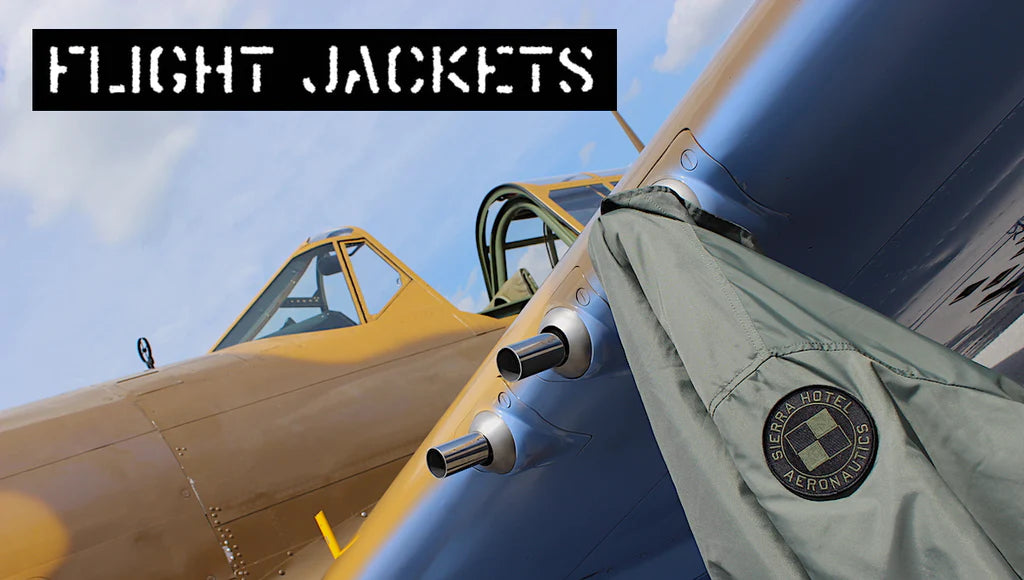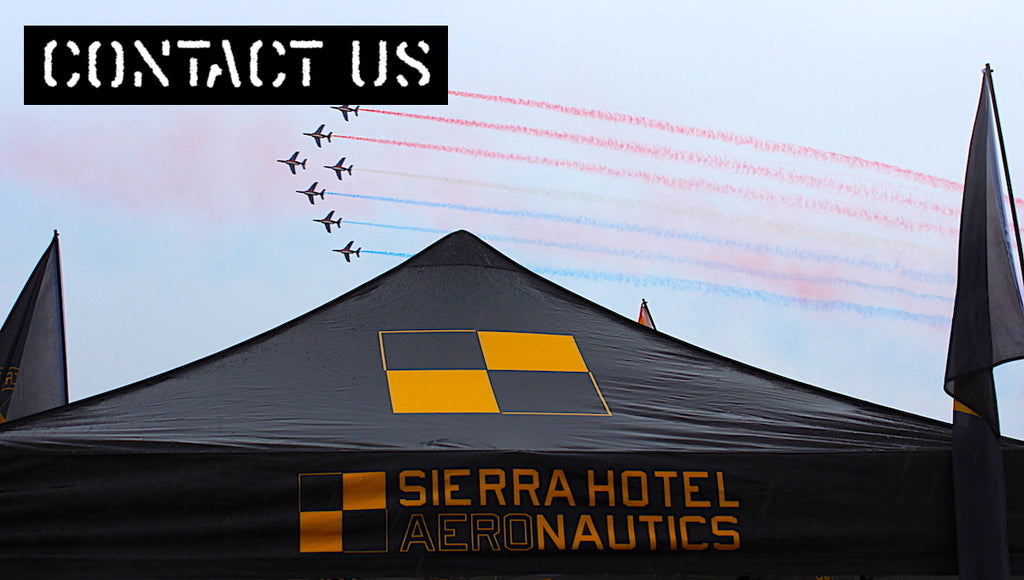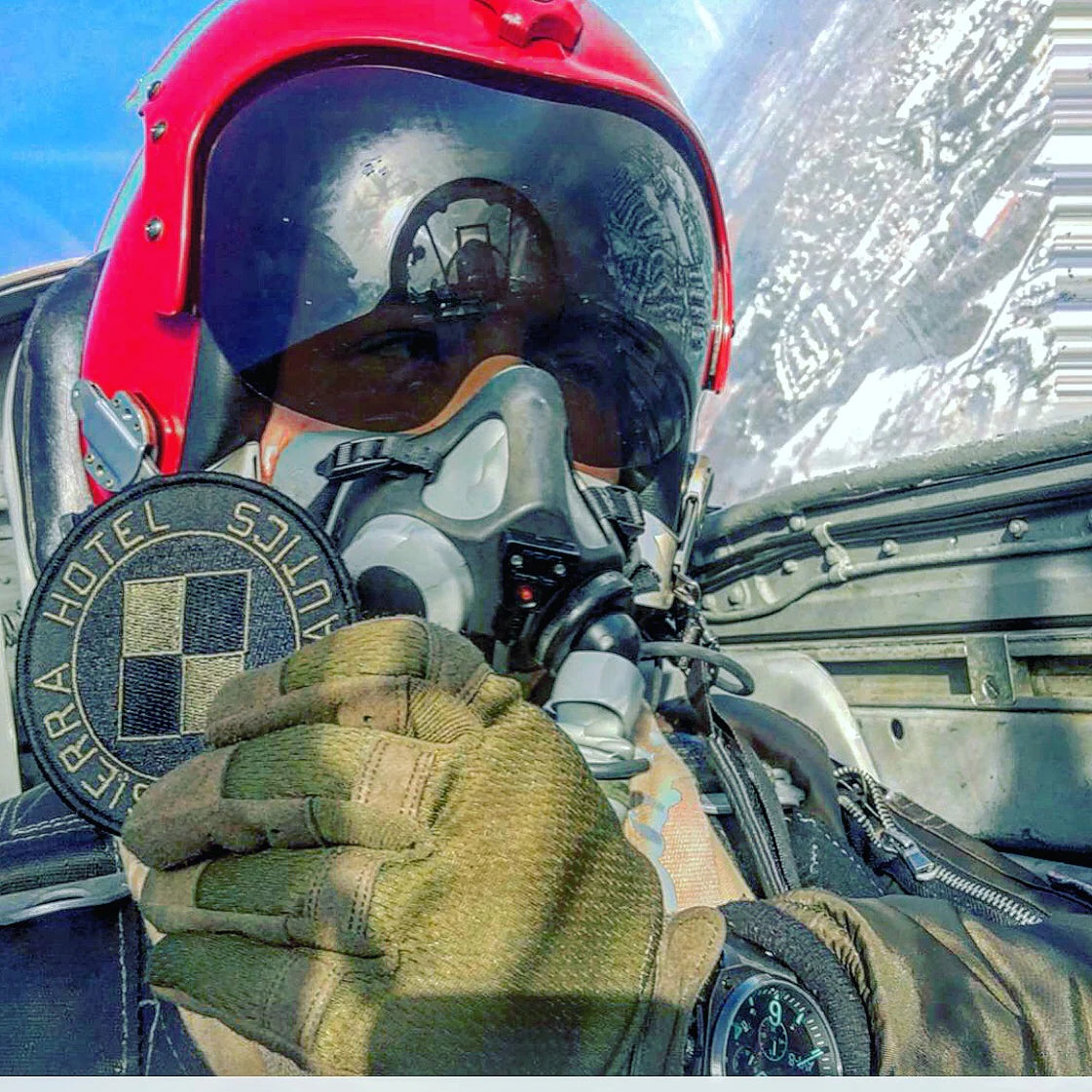Raid on Entebbe

On 27 June 1976, Air France Flight 139, an Airbus A300 (Airbus A300B4-203), registration F-BVGG (c/n 019), departed from Tel Aviv, Israel, carrying 246 passengers and a crew of 12. According to their planned route, Flt 139 then proceeded to Athens to pick up 62 additional passengers.
At approximately 12:30pm, Flight 139 departed on her final leg home. Shortly after take off, the flight was hijacked by two Palestinians from the Popular Front for the Liberation of Palestine – External Operations (PFLP-EO) and two Germans from the German Revolutionary Cells.
The hijackers forced the aircraft to be diverted to Benghazi, Libya. There it was held on the ground for seven hours for refuelling. During that time the hijackers released a female hostage who pretended to have a miscarriage. Departing Benghazi at 3:15 pm on the 28th, now more than 24 hours had elapsed since the flight's original departure, Air France Flight 139 touched down at Entebbe Airport in Uganda.
Once on the ground at Entebbe, the four hijackers were joined by at least four others supported by the pro-Palestinian forces of Uganda's President, Idi Amin. They immediately demanded the release of 40 Palestinians held in Israel and 13 other detainees imprisoned in Kenya, France, Switzerland, and West Germany. Threatening that if these demands were not met, they would begin to kill hostages on the first of July.
The hijackers proceeded to separate the Israelis and Jews from the larger group of passengers and forced them into another room. Forty-seven non-Israeli hostages were then released. The next day, an additional 101 non-Israeli or Jewish hostages were allowed to leave on board an Air France aircraft. Only the Israeli and Jewish passengers remained.
Captain Bacos, who is not Jewish himself, was offered the chance to leave with the others but declined.

Captain Michel Bacos told the hijackers that all passengers, including those who remained, were his responsibility and that he would not leave them behind.
Bacos's entire crew followed suit. A total of 85 Israeli and non-Israeli Jewish hostages remained, plus 20 crew of the Air France flight..
As the crisis unfolded, attempts were made in negotiating the release of the hostages. According to declassified diplomatic documents, the Egyptian government under Sadat tried to negotiate with both the PLO and the Ugandan government, and special envoy Hanni al Hassan was sent to negotiate in Uganda. The slow pace of hesitant diplomacy was contrasted by the increasingly urgent behind-the-scenes military preparation by the Israeli government for a rescue attempt.
Lt. Col. Joshua Shani, the lead pilot of the operation, later said that the Israelis had initially conceived of a rescue plan that involved dropping naval commandos into Lake Victoria. The commandos would have ridden rubber boats to the airport located on the edge of the lake. They planned to kill the hijackers and after freeing the hostages, ask Amin for passage home. The Israelis abandoned this plan because they lacked the time necessary.

A mission was selected that would involve two 707s, four C-130s, and a 29-man assault unit led by Lt. Col. Yonatan Netanyahu, this force was composed entirely of commandos from Sayeret Matkal.
The task force's route flew over Sharm al-Sheikh and down the international flight path over the Red Sea, skimming the surface at a height of no more than 100 ft to avoid radar detection by Egyptian, Sudanese, and Saudi Arabian forces. Near the south outlet of the Red Sea, the C-130s turned south and passed south of Djibouti. From there, they went to a point northeast of Nairobi, Kenya, likely cutting across Somalia and the Ogaden area of Ethiopia. Then turning west, passing through the African Rift Valley, and over Lake Victoria.

Two Boeing 707s were launched after the Hercules transports. The first Boeing contained medical facilities and landed at Jomo Kenyatta International Airport in Nairobi, Kenya. The commander of the operation, General Yekutiel Adam, was on board the second Boeing, which orbited over Entebbe Airport during the raid.

The Israeli Hercules transports touched down in the dark at Entebbe at 23:00 IST, with their cargo bay doors already open. A black Mercedes similar to President Idi Amin's vehicle, and Land Rovers that usually accompanied Amin's Mercedes were brought along. The Israelis hoped they could use them to bypass security checkpoints. As soon as the Hercules wheels came to a stop, Israeli assault team members rolled off the ramps and drove the vehicles to the terminal building in the same fashion as Amin. As they approached the terminal, two Ugandan sentries, aware that Idi Amin had recently purchased a white Mercedes, ordered the vehicles to stop.
The commandos disabled the sentries using silenced pistols. Fearing the hijackers would be alerted prematurely, the assault team quickly approached the terminal.
The Israelis sprang from their vehicles and burst towards the terminal. There they discovered all the hostages in the main hall of the airport building, directly adjacent to the runway. Entering the terminal, the commandos shouted through a megaphone, "Stay down! Stay down! We are Israeli soldiers," in both Hebrew and English.
At one point, an Israeli commando called out in Hebrew, "Where are the rest of them?" referring to the hijackers. The hostages pointed to a connecting door of the airport's main hall, into which the commandos threw several hand grenades. They then entered the room and shot dead the three remaining hijackers, ending the assault.
Meanwhile, the other three C-130 Hercules aircraft had landed, quickly unloaded armoured personnel carriers to provide ground defence during the anticipated hour of aircraft refuelling, and to destroy Ugandan MiG fighter planes as preventative measures to avoid a pursuit on the way home.
During the reloading of the Israeli C-130s, Israeli commander Yonatan Netanyahu was shot in the chest and killed, possibly by an Ugandan sniper. He was the only Israeli commando killed in the operation. At least five other commandos were wounded. Israeli commandos fired light machine guns and an RPG back at the control tower, suppressing the Ugandans' fire. The Operation now complete, the Israelis, loaded Netanyahu's body into one of the aircraft and departed Entebbe Airport.

The entire operation lasted 53 minutes—of which the assault lasted only 30. All seven hijackers and between 33 and 45 Ugandan soldiers were killed.
11 Ugandan Army Air Force MiG-17 fighter planes were destroyed on the ground at Entebbe Airport during the operation.
Out of the 106 hostages, three were killed, one was left in Uganda, and approximately 10 were wounded. The 102 rescued hostages were flown home to Israel
Idi Amin had all four flight controllers executed summarily for their failure to see the approaching C-130s.

The C-130s were met en route by Israeli fighters and escorted to Tel Nof Air Base south of Tel Aviv. After debriefing, they went on to Ben Gurion Airport in Tel Aviv, where a huge reception awaited.
The raid went down in military lore and legend, and Operation Thunderbolt was renamed Operation Jonathan in honor of the fallen commander.














Jonathan Netanyahu was the brother of Benjamin Netanyahu – President of Israel.
Leave a comment